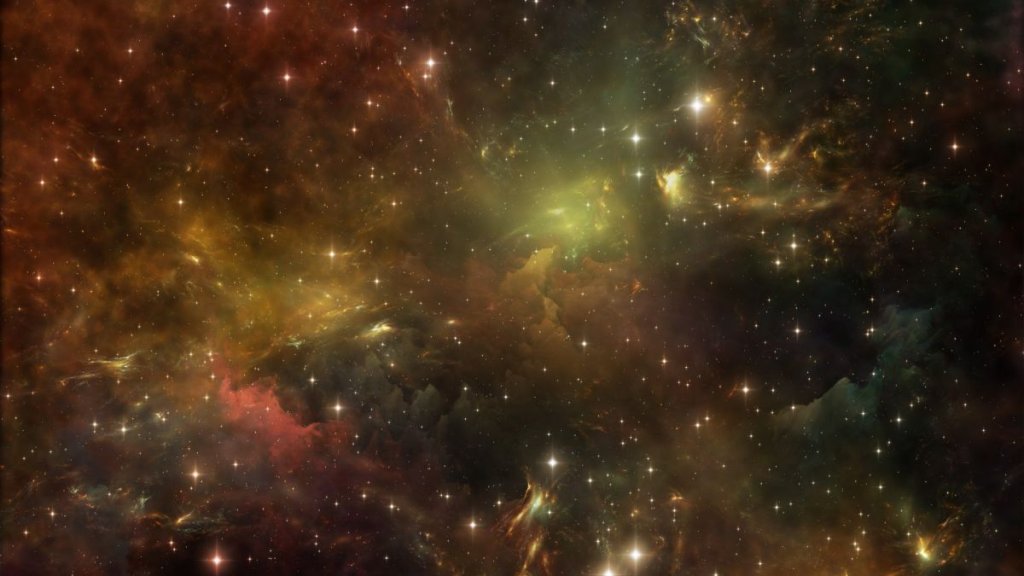Researchers have compiled all of the available evidence on the mysterious nature of dark energy. Their conclusion? While there are hints that it may be “phantom,” its true nature remains frustratingly elusive.
Dark energy was discovered in the late 1990s, when two teams of astronomers independently found that distant space.com/6638-supernova.html” style=”text-decoration: underline; box-sizing: border-box;”>supernovas were dimmer than they should have been. This led the astronomers to conclude that our universe wasn’t just expanding — something that had been known for almost a century — but that it was also accelerating in its expansion. So the universe isn’t just getting bigger every day; it’s getting bigger faster every day.
Astronomers coined the term “dark energy” to describe the mysterious phenomenon driving this accelerated expansion, but they still do not understand what it is. Although there are dozens, if not hundreds, of theoretical ideas for what dark energy is, we cannot tell any of these theories apart without better measurements.
Related: We have never seen dark matter and dark energy. Why do we think they exist?
Since the late 1990s, astronomers have developed many techniques for measuring the expansion rate of the universe, including expanded versions of the original supernova searches, the cosmic microwave background, and the properties of the large-scale structure of the universe.
One of the key properties of dark energy that these techniques are trying to measure is something called the dark energy equation of state. Even though physicists do not understand the underlying cause or nature of dark energy, they can still model how it manifests in the expansion of the universe. The absolute simplest way to model dark energy is to include it as a “cosmological constant,” which makes dark energy a raw fact of the universe, like the electromagnetic force or the strength of gravity. It simply exists as a constant across the universe and throughout time.
If dark energy is due to a cosmological constant, it would appear in our observations as an equation of state parameter equal to -1, indicating that gravity becomes repulsive on large scales, but otherwise does not change with time or in space.
If dark energy is due to some other exotic force or interaction with matter, the equation of state can change in time or space, so we would be able to measure those variations. Generally, these equation-of-state values would be larger than -1 and vary with time.
Perhaps the most curious equation of state would occur at values less than -1. This is a scenario known as phantom dark energy. In this case, the expansion of the universe wouldn’t just accelerate mildly; instead, dark energy would become so strong with time that, in only a few billion years, the universe would rip itself apart. The accelerated expansion would be so severe that galaxies would fly away from each other, galaxies themselves would be torn to shreds, planets and stars would separate, and even atomic bonds holding together all matter in the universe would be overwhelmed.
Naturally, this last scenario is a little troubling, and some recent observations have hinted at the possibility that the dark energy equation of state is a little less than -1. To dig into this scenario in more detail, a team of cosmologists summarized all of the available evidence and used the combined data to calculate the value of the equation of state. They published their findings to the preprint database arXiv in July.
They reported good news and bad news. When they combined all dark energy probes, the possibility that we live in a phantom universe diminished. That means our cosmos will not tear itself apart anytime soon. But their results are also entirely consistent with a plain cosmological constant.
Cosmologists would love to find literally anything other than a cosmological constant, even a phantom value. The reason for this is that, while the cosmological constant solution technically solves the problem of dark energy (by stating that it simply exists), it doesn’t offer any deeper insights into the workings of nature. A cosmological constant does not explain its own existence or cause, so it only moves the goal posts.
The puzzle of dark energy represents one of the greatest mysteries in modern science. Even if it’s simply due to a fact of nature, then we have a new mystery: Why does the universe have this property, with this acceleration rate, and nothing else? For the time being, the only thing we can do is prepare future surveys, like the Nancy Grace Roman Space Telescope, and hope that some new observation will reveal something interesting.

